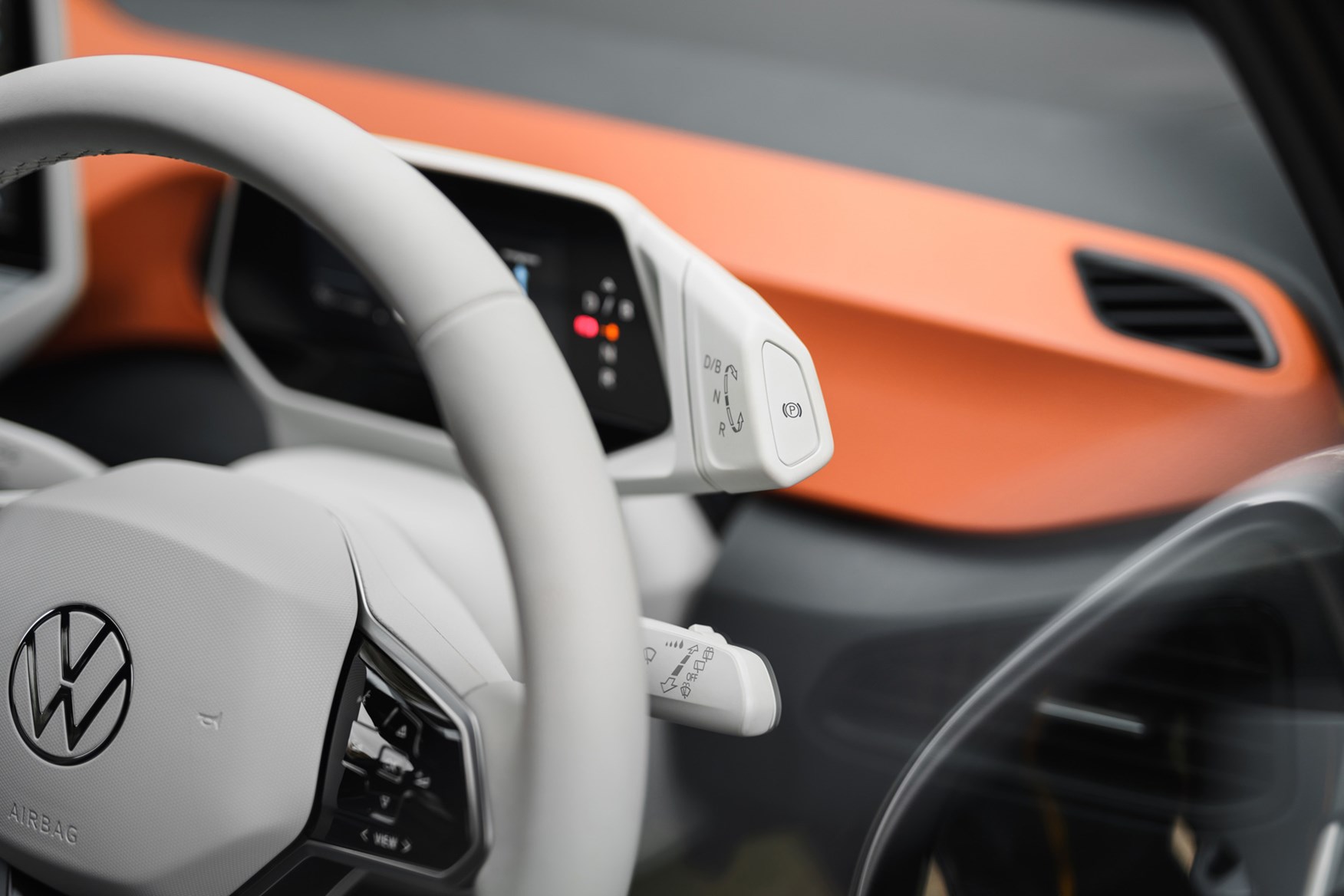Electric vehicles in Ireland currently hold a market share of just under 13 per cent, a figure that’s destined to grow strongly in the coming years. According to the latest data from our research, more than half of motorists have now considered switching to an EV in response to spiralling fuel costs, and the EU is likely to ban the sale of new petrol and diesel cars by 2035.
Going forward then, this means that more and more of those learning to drive will be doing so in electric vehicles — either their own, their parents’ or their driving instructor’s; but what does this mean for the practical test itself and are there any big differences between learning to drive in an EV versus a petrol- or diesel-powered car?
Gears
The first thing to note is that the vast majority of electric vehicles have a single gear and no clutch pedal meaning that, for all intents and purposes, the driving experience is similar to that of a car with an automatic gearbox. That immediately presents advantages and disadvantages.
Learning to drive in an electric car (and indeed an automatic) is simpler for learners as they don’t need to worry about changing gear and stalling. This can massively speed up the process too given that learning clutch control can take up as many as five lessons, leaving the driver to concentrate more on developing the areas in which they’re more likely to otherwise fail the practical test, such as in the use of mirrors or situational awareness.
At present, however, the main disadvantage of this is that if a learner passes their practical test in an electric or automatic car, they will not be licenced to drive a manual model, which presents some challenges in its own right. For one, this can preclude drivers from driving older or classic cars. Even if they’re not particularly interested in that, the majority of cheaper used cars on the market in Ireland are manuals, which means that if the newly-licenced driver wants to buy their own car that’s perhaps not an EV, they’ll face less choice and may be forced to look in higher price brackets than they can comfortably afford. If they plan on renting a car abroad, for instance, although automatics are widely available, they’re nearly always a more expensive option.

So far, the main advantages and disadvantages of learning to drive in an electric car are much the same as those of learning to drive in an automatic. But are there any more, EV-specific quirks to bear in mind?
Currently, beyond the manual/automatic question the practical driving test does not contain any elements that an EV driver may have to consider that a learner in a petrol or diesel car would not. In the normal course of driving though, there are certainly a few things to keep in mind that, at the moment, learners in combustion-powered cars don’t have to think about.
Sensations
There are differences in sensation, so somebody who might have driven a petrol-powered car a few times may not be used to the smooth, instant acceleration of an EV. Stopping and slowing is another matter and learning how to deal with regenerative braking in an electric vehicle, while not a difficult skill, is one that must be acquired with some practice.
Planning
Because fuel stations are plentiful, those driving petrol and diesel-powered cars don’t really have to worry so much about planning their journeys around their fuel stops. With public charging points comparably fewer in number, and each car taking a lot longer at them, learning how to calculate and anticipate battery range, locate suitable chargers and plan journeys around that is a key skill to learn, though one that will hopefully diminish in importance over time as the public charging network improves.
For those intent on learning to drive in an EV, although they’re still quite rare, there are now a few driving schools in Ireland offering lessons in electric cars.
Maintenance
Even though EVs are simpler to drive, whether you’re driving a car powered by batteries, petrol or diesel, nearly all the key parts of becoming a good and safe driver are the same. Driving at a speed that’s suitable for the conditions, keeping an eye out for vulnerable road users and paying close attention to your mirrors are all vital, whatever you’re driving. So too is keeping your car in good shape. Just because electric vehicles are comparatively low-maintenance, drivers still need to pay attention to the condition of things like their tyres, windscreen wipers and washer fluid levels, as well as having their car checked over periodically by a mechanic.